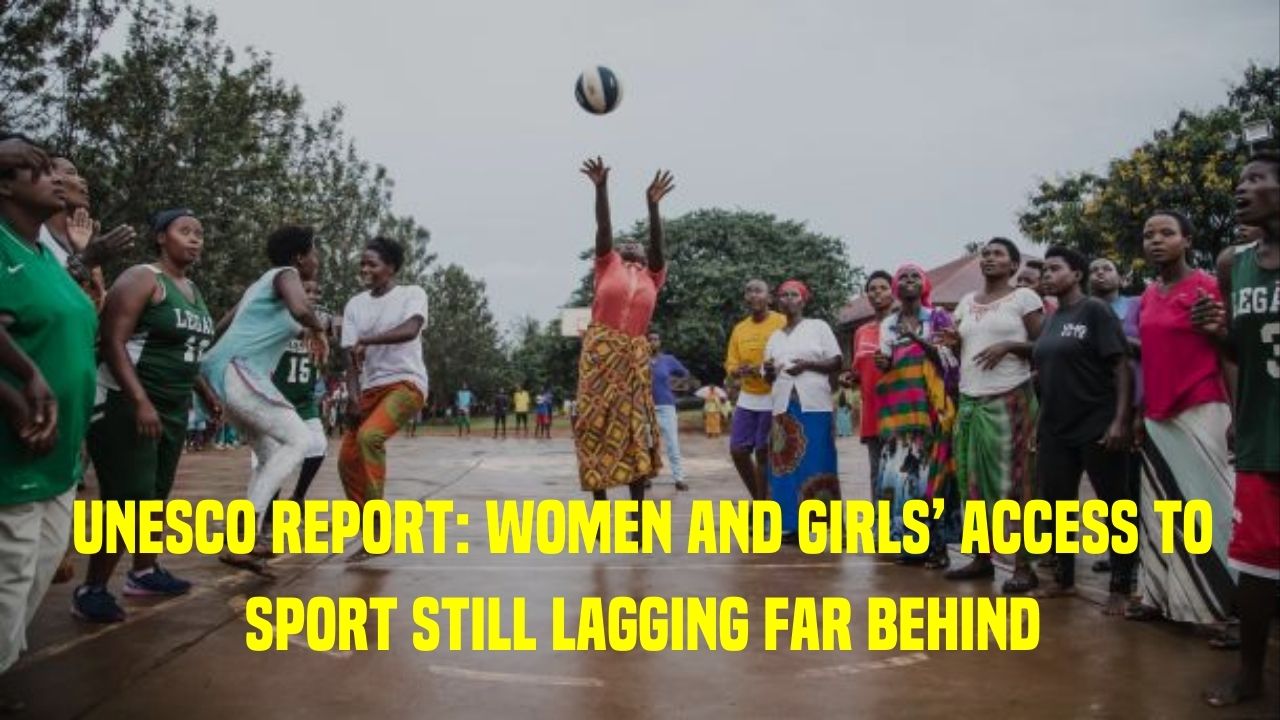Context:
In his Independence Day address, Prime Minister announced India’s ambitious goal to host the 2036 Olympic Games, highlighting that preparations are already underway.

[stextbox id=’info’]
Process to host the Olympic Games
It involves several structured steps, starting about 11 years before the event:
- Initial Interest: Cities express interest, and national Olympic committees (NOCs) select a national candidate. Informal discussions and continuous dialogue with the IOC take place.
- Bidding Process: Formal bids are submitted around nine years before the Games, followed by an evaluation where the IOC narrows down the finalists.
- Feasibility Study: The IOC assesses the viability of bids, considering factors like infrastructure and sustainability, followed by targeted dialogue to refine proposals.
- Final Selection: The IOC members vote in a secret ballot to select the host city, which then signs the Olympic Host Contract.
[/stextbox]
Challenges Faced by Sports in India
- Funding and Infrastructure: Athletes struggle with limited financial support and inadequate access to high-quality training facilities, especially in rural areas.
- China’s budget for preparing its athletes for the Tokyo Olympics alone likely exceeded India’s total expenditure on Olympic training over the past 70 years.
- Administrative Issues: Sports associations suffer from poor management and lack of standardisation, with most funding directed towards cricket, sidelining other sports.
- Cultural Barriers: Sports are often not seen as a viable career, with academic pursuits prioritised. A strong sporting culture is missing, and religious beliefs can limit participation in certain sports.
- Gender Bias: Women face significant hurdles, including bias and sexism, making it difficult to reach the top in Indian sports.
- Remuneration and Job Security: Sports lack adequate pay and job security, leading parents to discourage sports careers in favour of academics. Additionally, there is no sports quota in top educational institutions.

Initiatives taken by Government
- Khelo India Program (2018): Focuses on creating a strong sports ecosystem by identifying and nurturing young talent, providing scholarships of ₹5 lakh per year for 1,000 athletes over eight years.
- Target Olympic Podium Scheme (TOPS): TOPS is a key initiative focused on offering specialised support to athletes with medal potential. TOPS provides assistance across several important areas:
-
- Training and Camps: National Coaching Camps and international training sessions.
- Foreign Exposure: Opportunities for athletes to compete and train overseas.
- Specialised Support: Hiring of foreign experts, coaches, and support staff.
- Equipment and Facilities: Provision of necessary sports equipment and training facilities.
- Financial Assistance: Direct funding to cover various aspects of athletes’ preparation.
-
- Fit India Movement (2019): Promotes physical fitness and a healthy lifestyle through nationwide campaigns and activities.
- National Centre of Sports Sciences and Research (NCSSR): Supports high-level research and innovation in sports science and medicine to enhance elite athlete performance.
- National Sports Development Fund (NSDF): Established in 1998, provides financial assistance for sports initiatives and athlete support.

